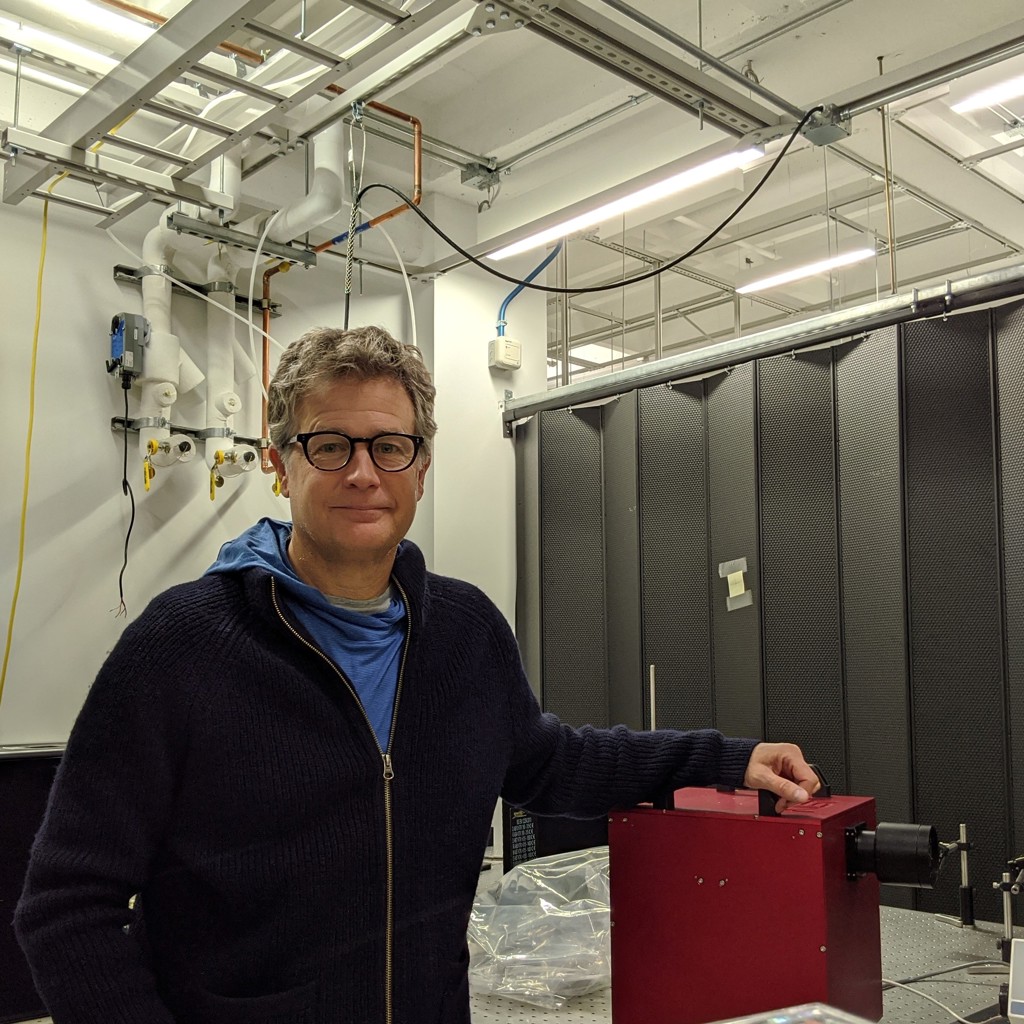John H. Lehman
National Inst of Standards & Technology, USAFor outstanding work on laser radiometry and applications, with a focus on accurate laser optical power measurements and applications.

John Lehman has been with the National Institute of Standards Technology (NIST), USA since his undergraduate days at the University of Colorado, USA. Back then, he had exhausted his work-study money by making STEM kits for schools around Denver and had to find employment. He wound up getting hired to do mechanical drawings and basic lab work in the optoelectronics group at NIST. That’s where he first encountered optics and learned about detectors, which would become the focus of his career. Today, his work is centered on optical power and how to measure it: “I believe we can do the most accurate optical power measurement by photon momentum,” he says, and continues that he “would be very pleased to see radiation pressure detectors in commercial catalogs and in textbooks alongside quantum and thermal detectors.”
So how did John become an authority on detectors? It started when he was young, collecting toads and fossils. He always wanted to know how things worked, and he comments that “understanding naturally occurring things is more difficult than things someone has made.” True science exposure came from his father and grandfather who were both pharmacists in a rural community. John recalls, “I used to hang out behind the pharmacy counter and I thought the words on the medicine bottles were too complicated. Pharmacists also had to use a typewriter. I did not want to type.” Such clear vision and a knack for knowing himself allowed John to land a career he both enjoys and excels in.
The road was not always so easy for him. After a difficult transition from the Air Force Academy into the University of Colorado, his grades suffered, and he comments, “This is heresy, but there was too much homework, there was no time to think. There was no time for creativity.” A lack of creativity is certainly not the case in his current position. Today, he jokingly calls himself the “idea guy,” and talks about the “intellectual activation barrier” that comes with new ideas. John explains that in order to overcome this barrier it “requires some resources to work on something so that one can demonstrate it’s a thing. At NIST, I have a little bit of flexibility to work on things with the resources available with base funding.” Basically, he has to prove that what he’s doing is real and worthy of support: a challenge most researchers are familiar with.
Along the way, he has been inspired by and collaborated with a number of people who have helped him in one way or another. The work of Antoine Lavoisier, Ludwig Boltzmann, and Max Born contributed to John’s ideas about science. His collaboration with Anne Dillon was an important factor for starting their nanotube coating work. Then, working with Paul Williams on photon momentum was important to the early days of that effort. His nanotube radiometer work was legitimized when he received special fellowship from the Alexander von Humboldt Foundation, Germany. Dave Wineland helped John see how to be a good human being, as did Millie Dresselhaus. The old saying it takes a village comes to mind when looking at the list of influencers for John, and it is true for most scientists. The scientists who inspired him are just as important as those with whom he has worked. That dependence on the “village” can be explained by belonging to a society like OSA. John says, “I think what is important is the standard set by its members.”
Profile written by Samantha Hornback
